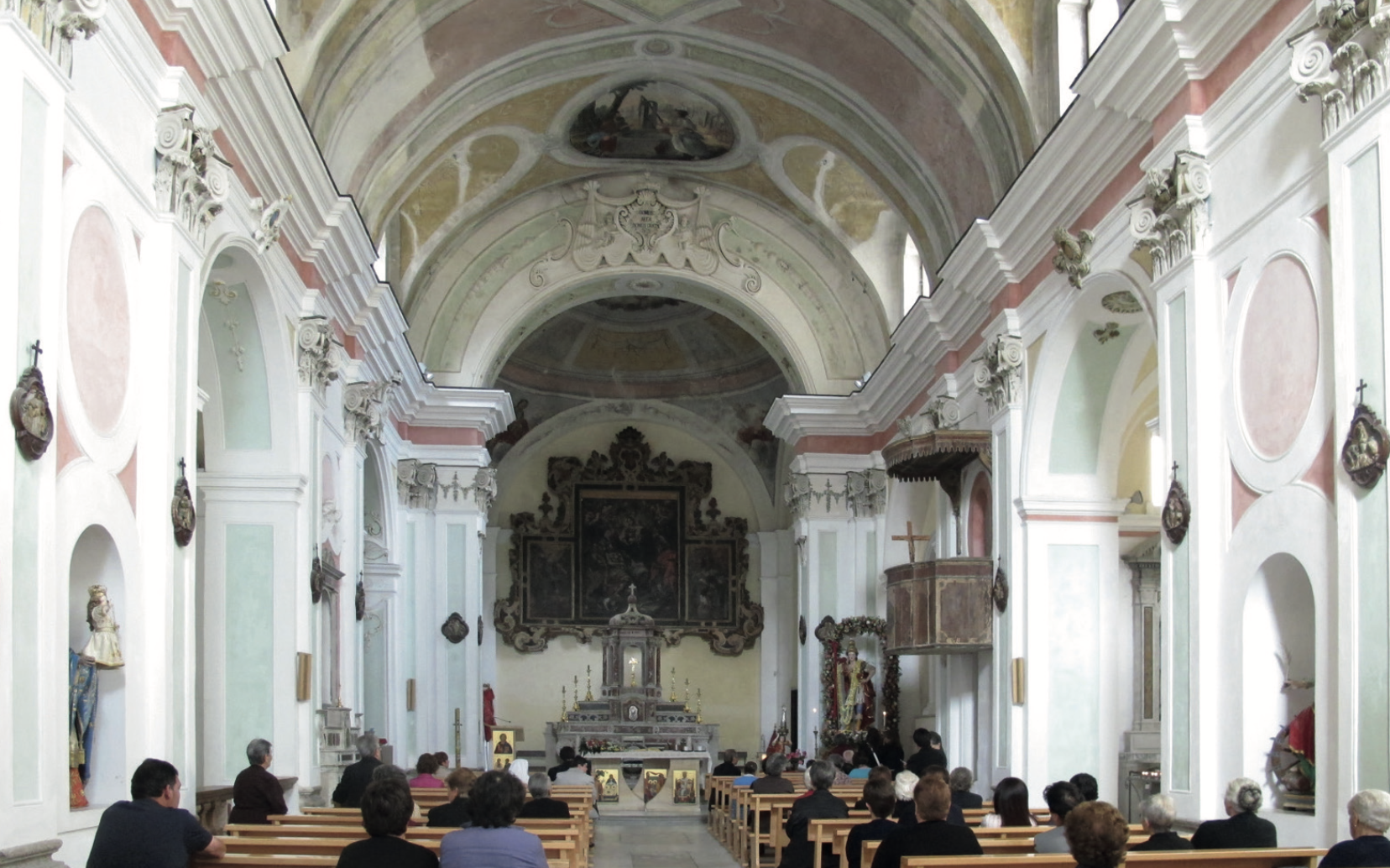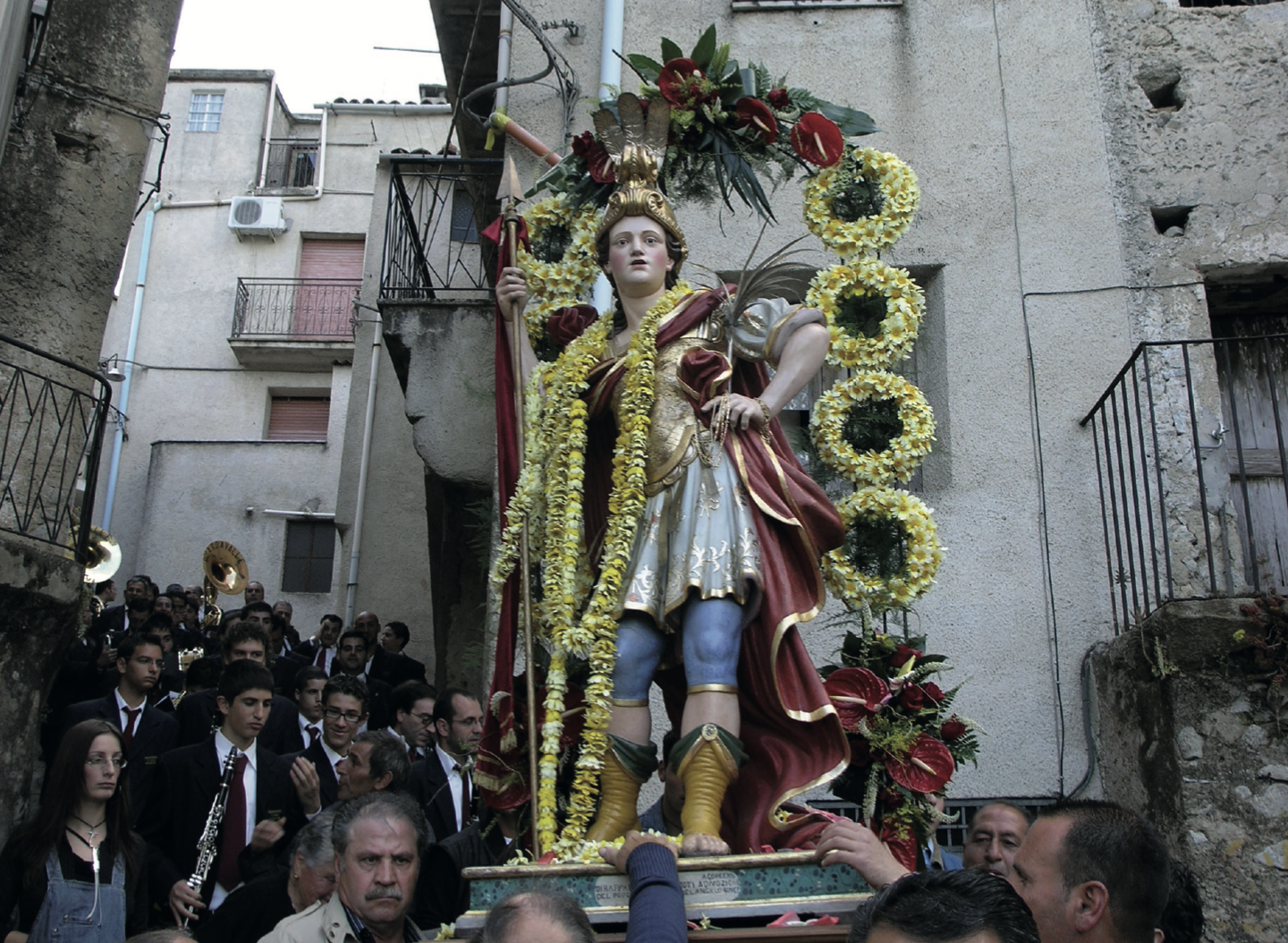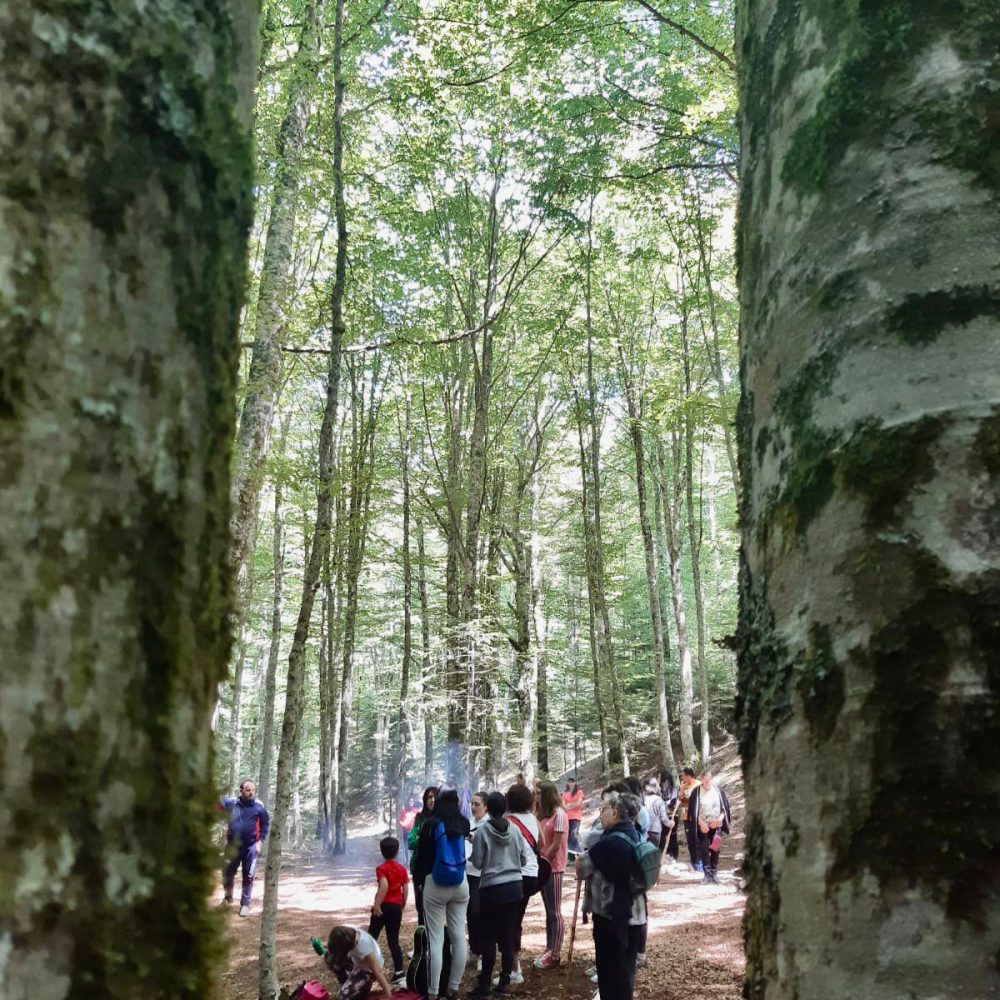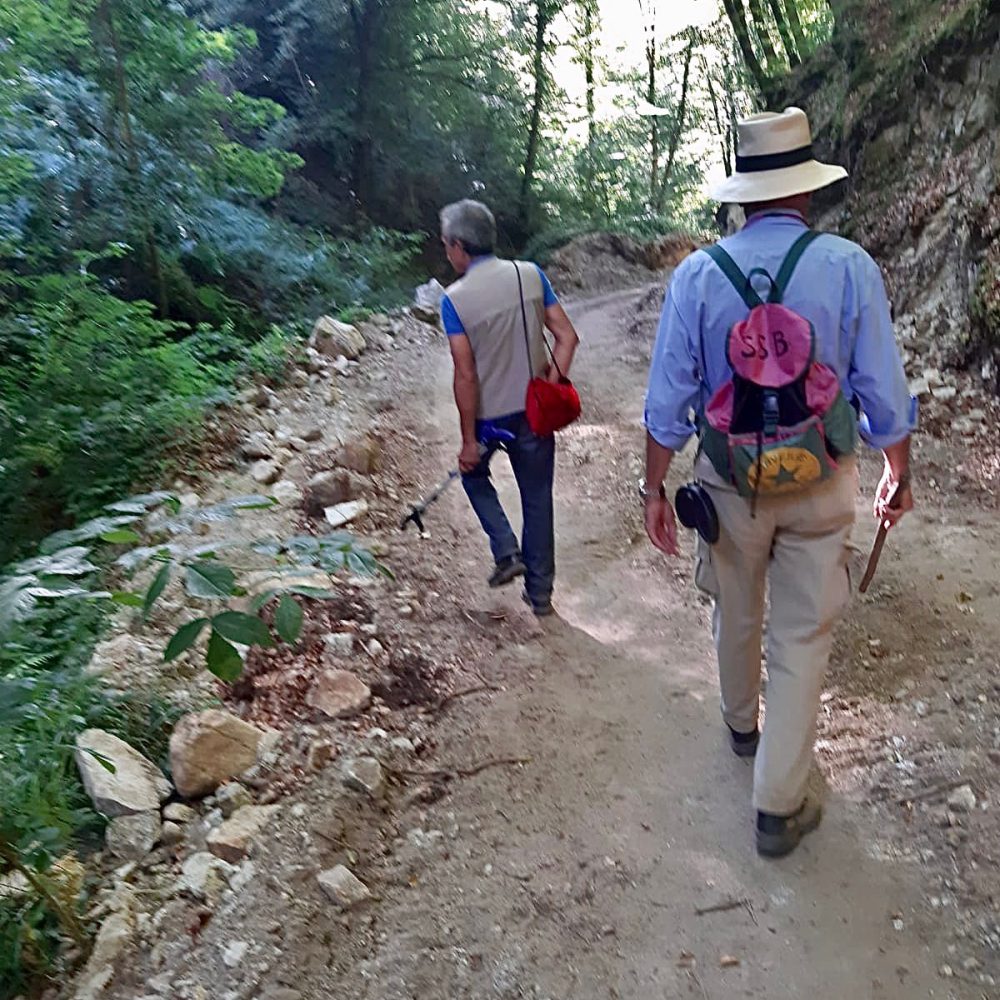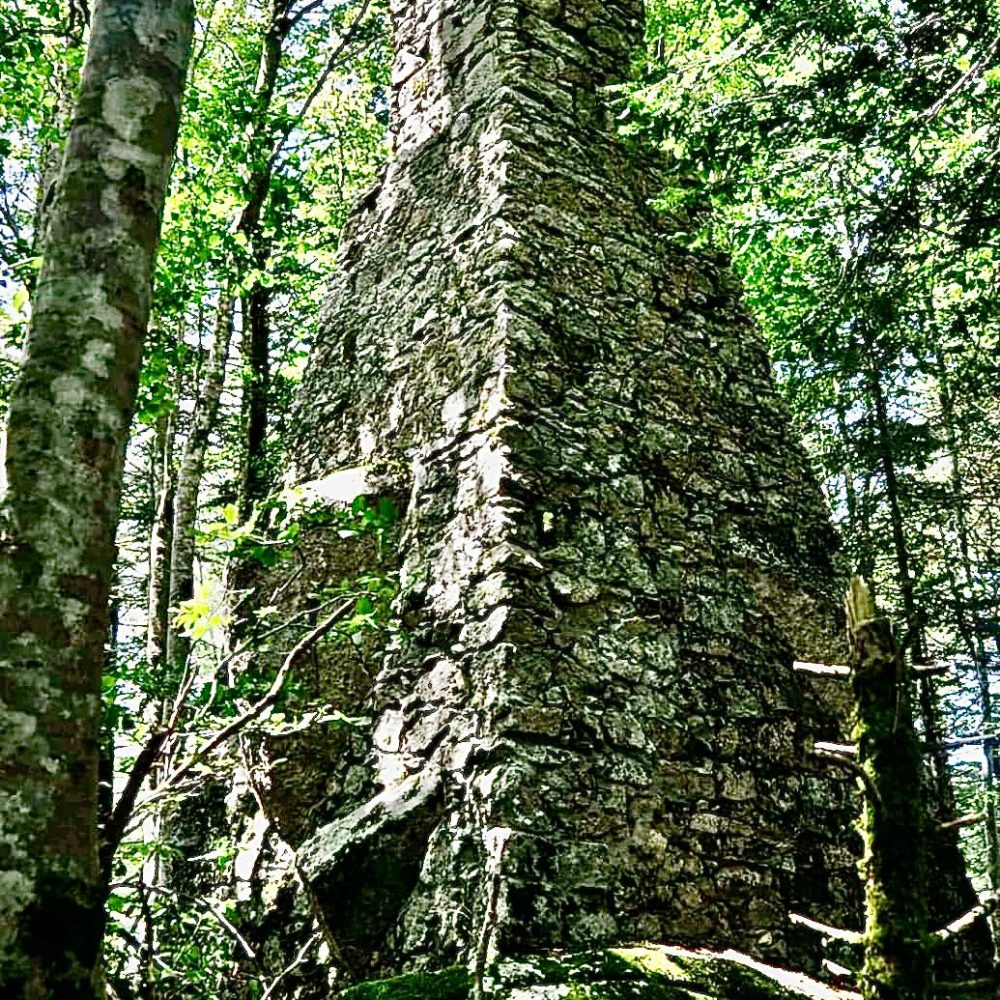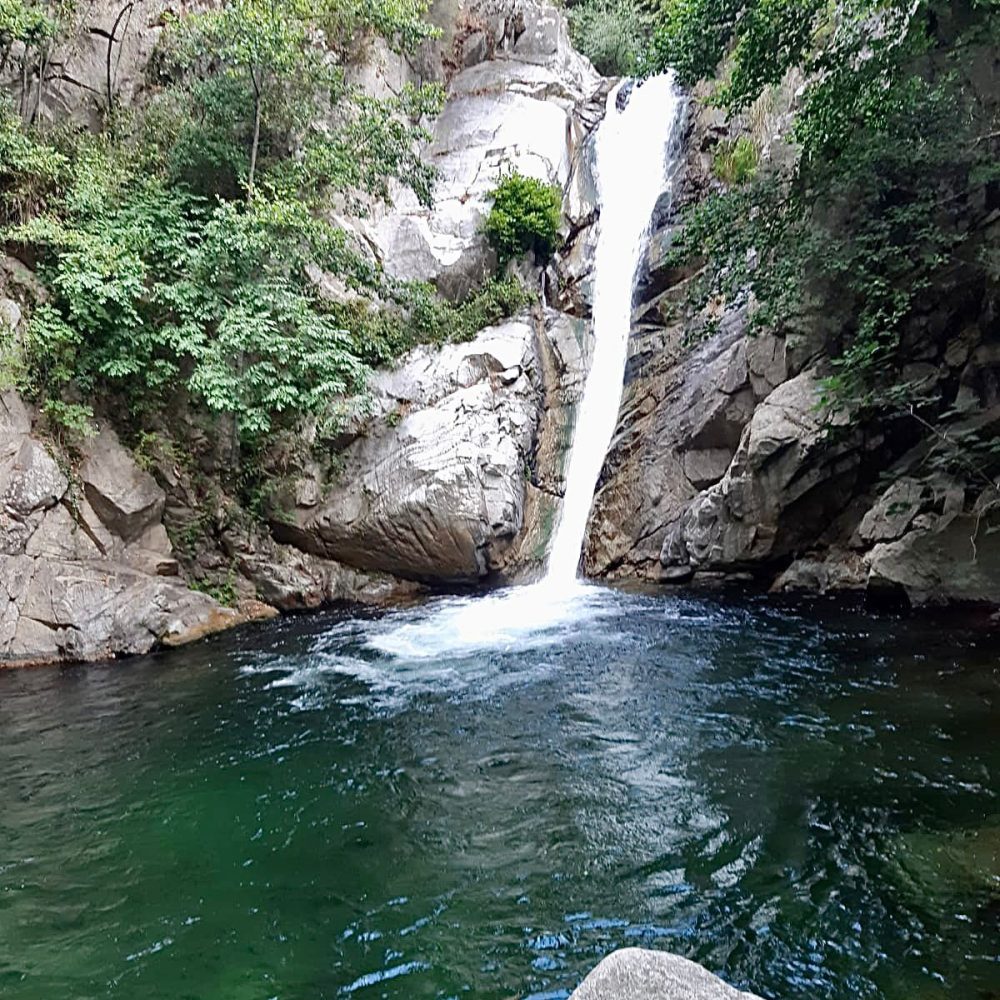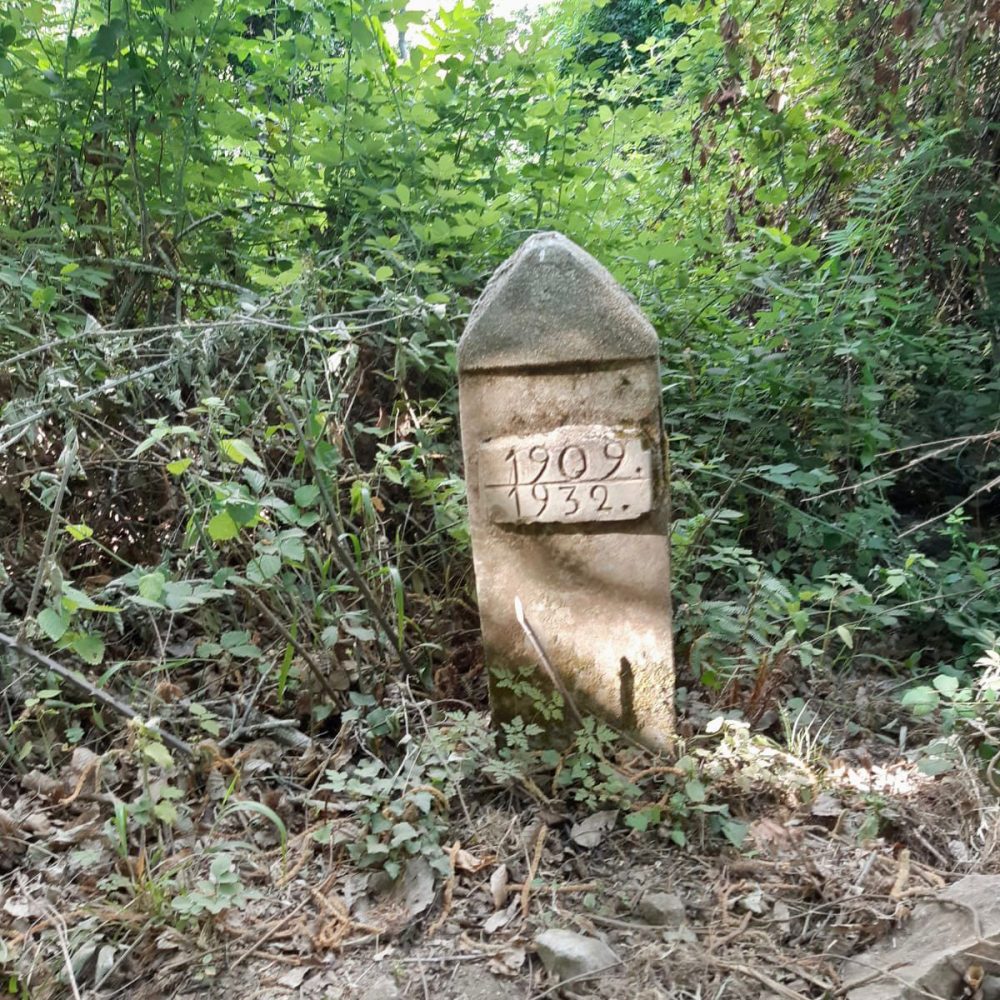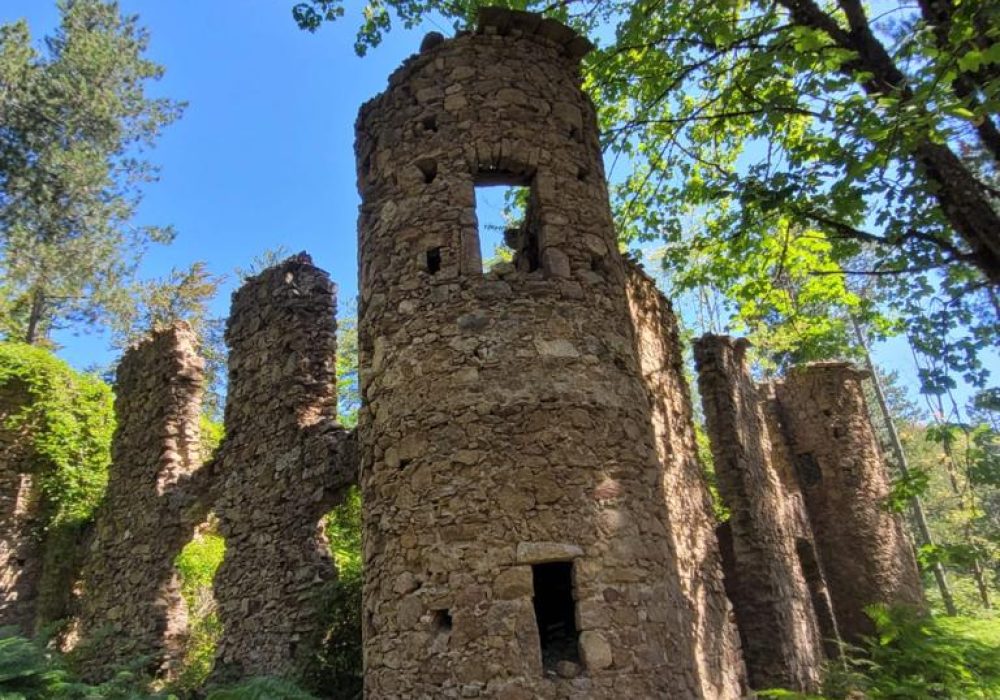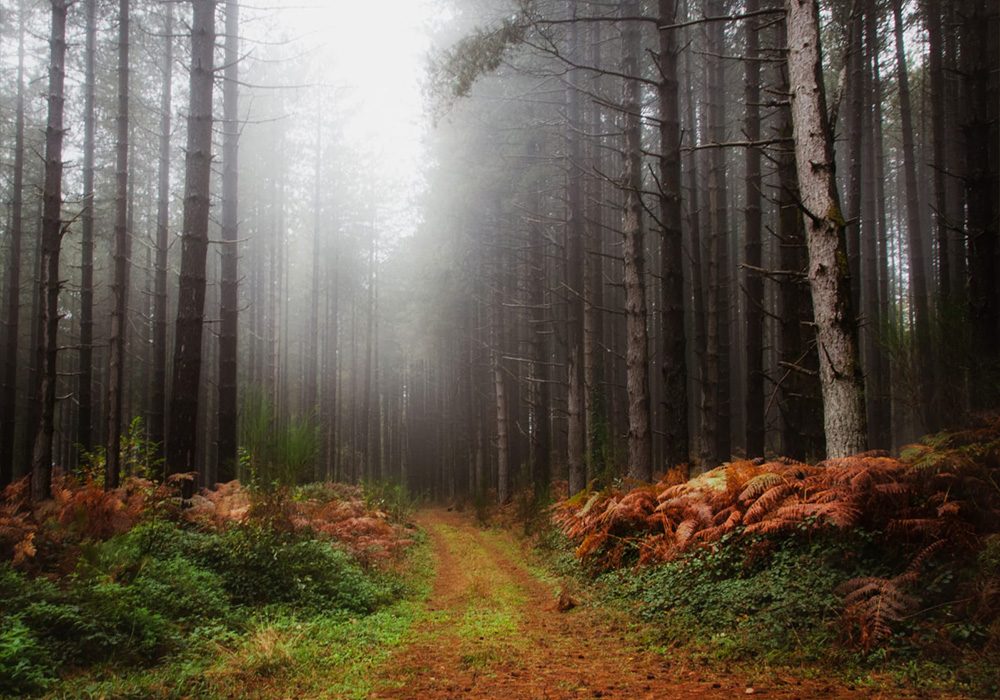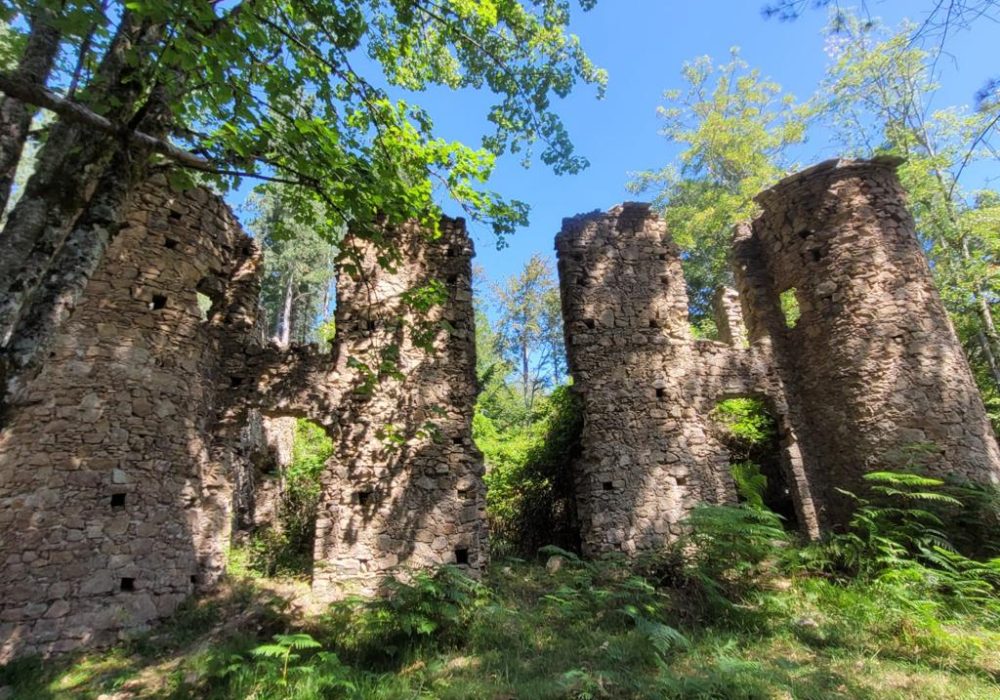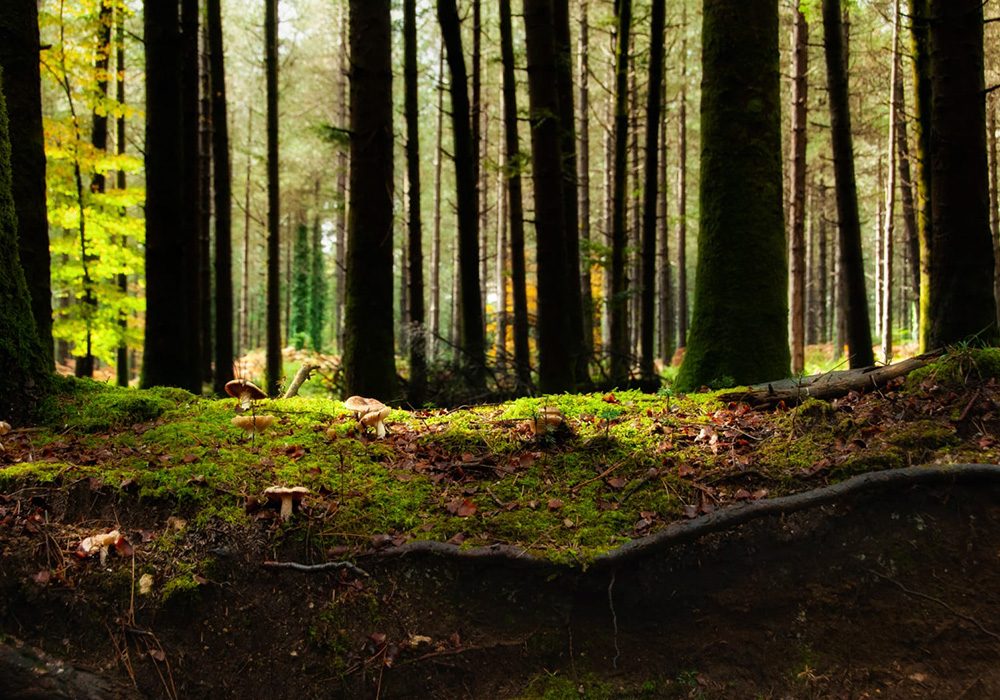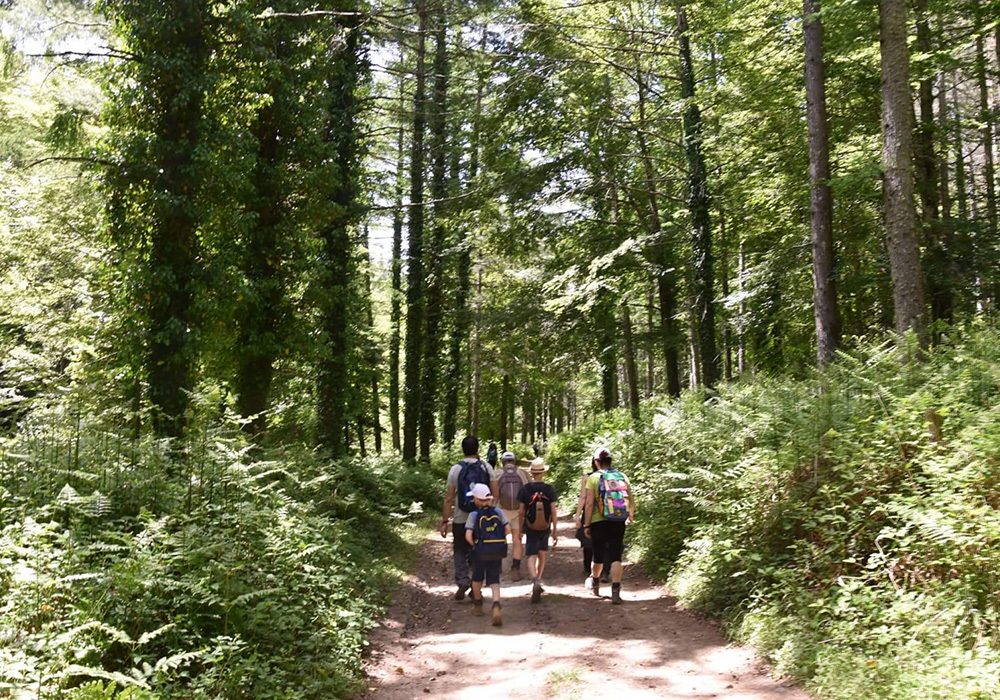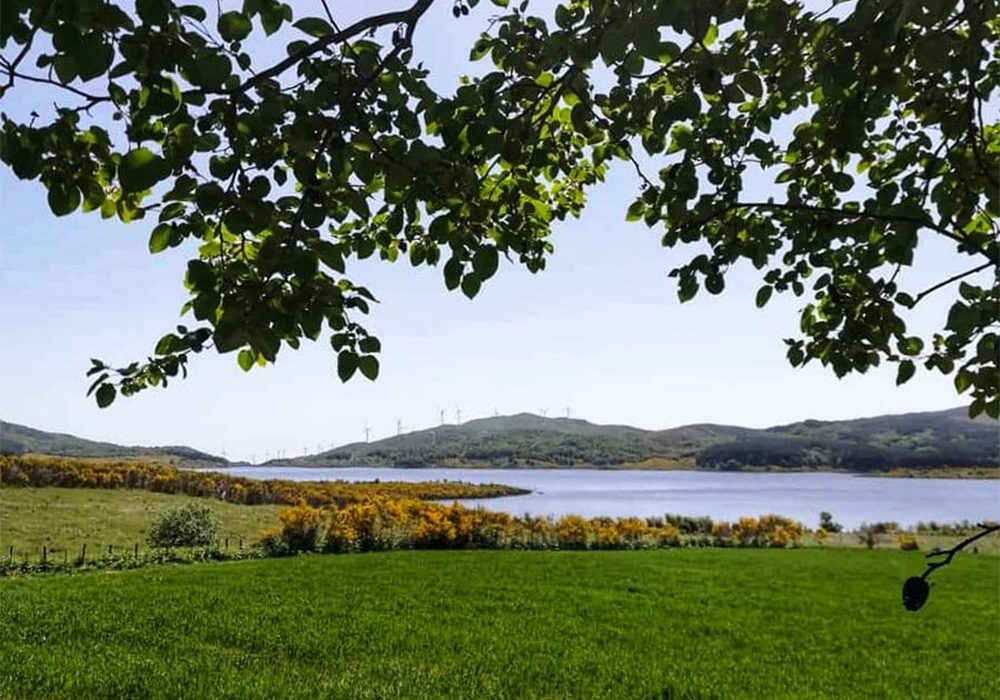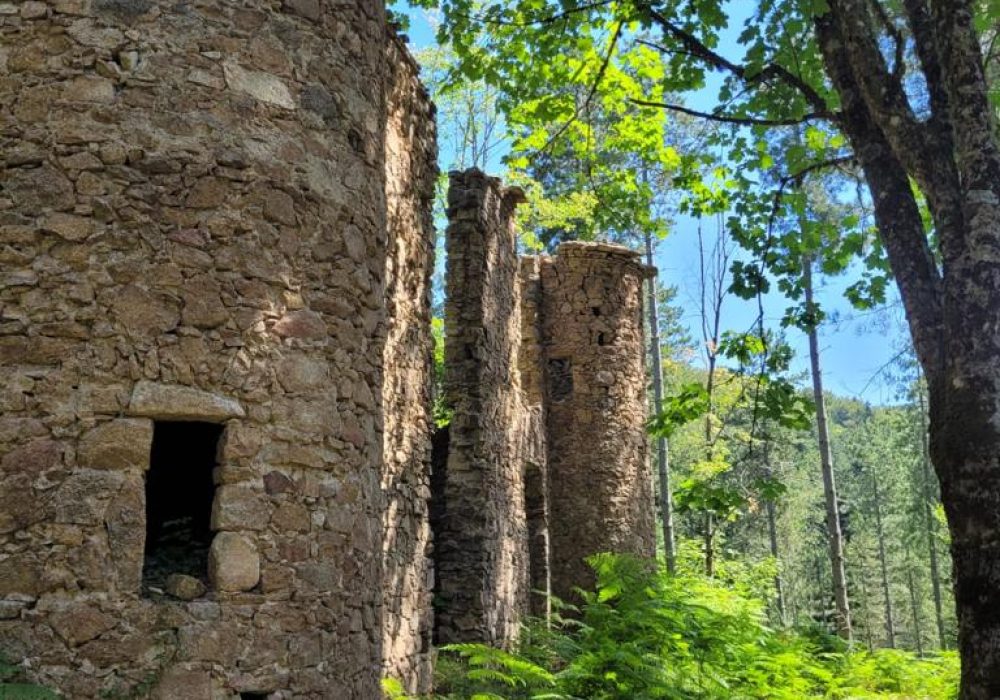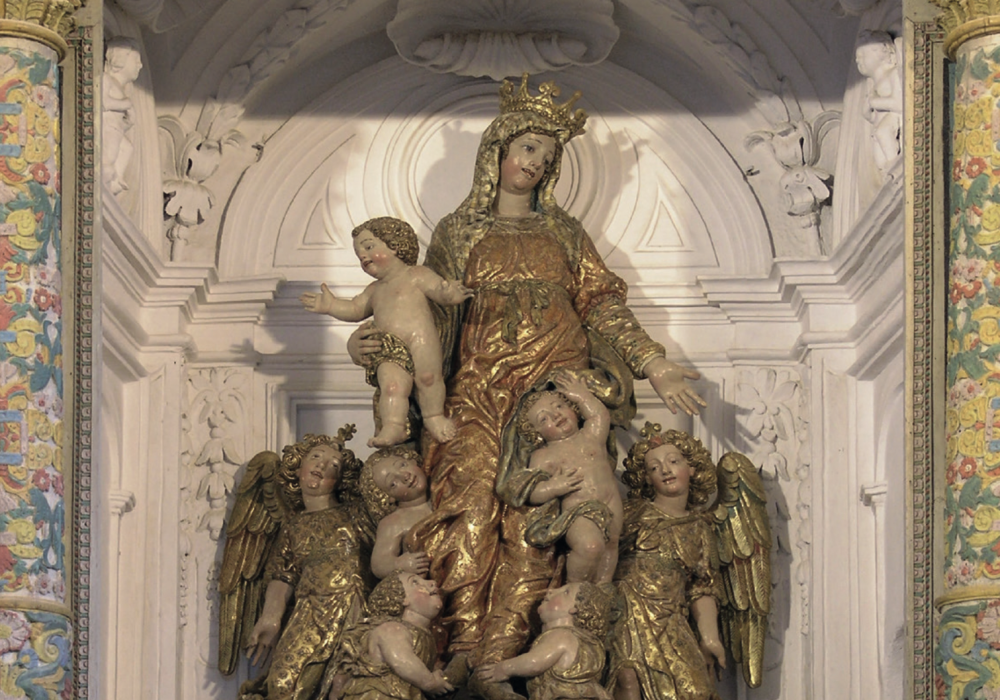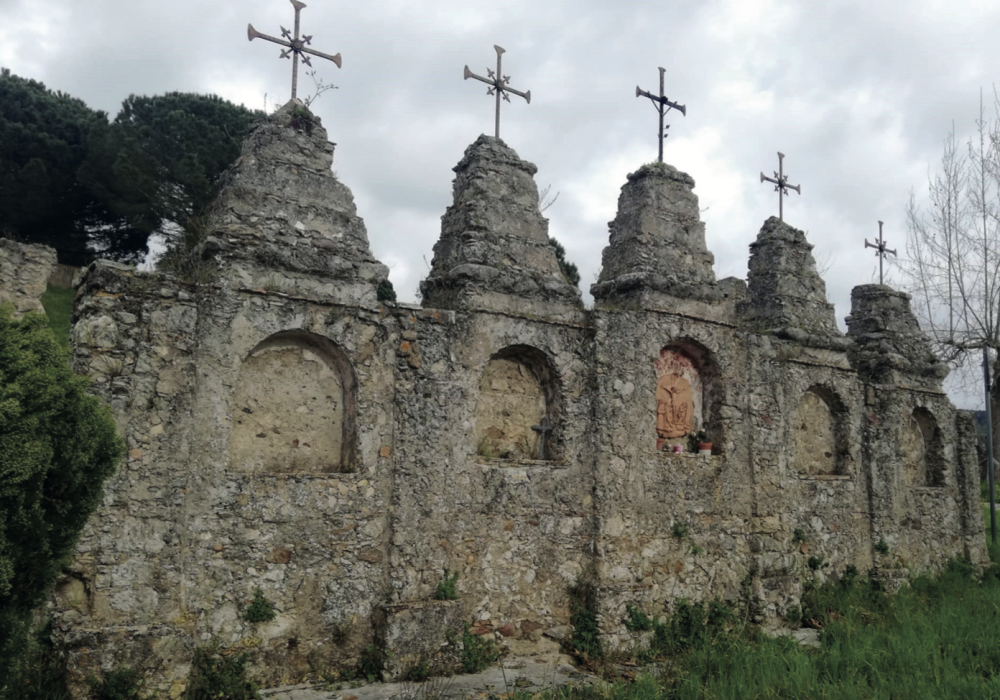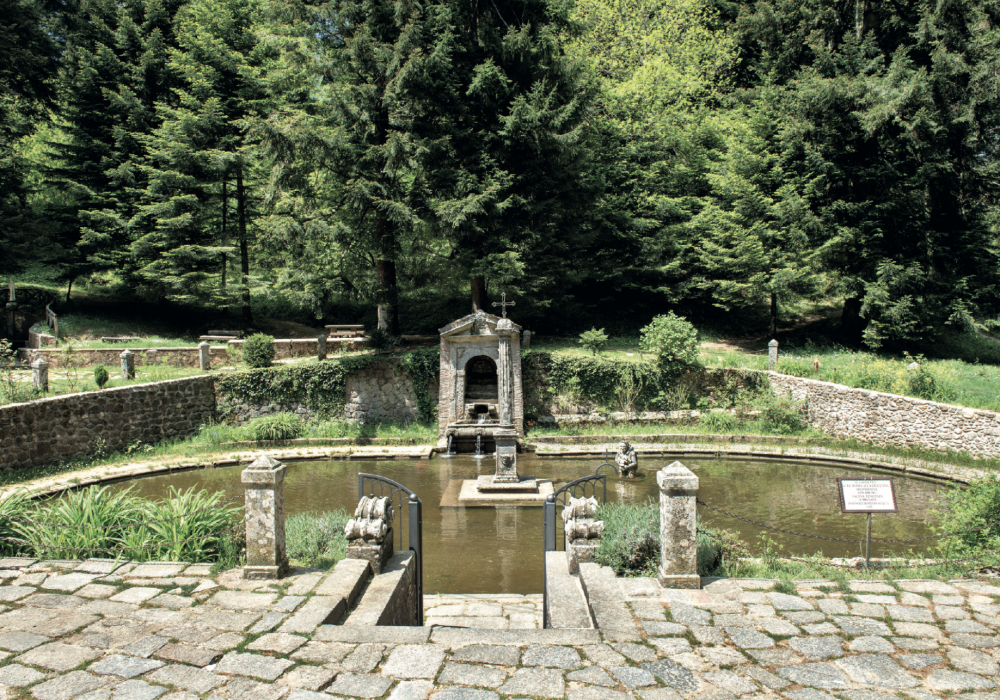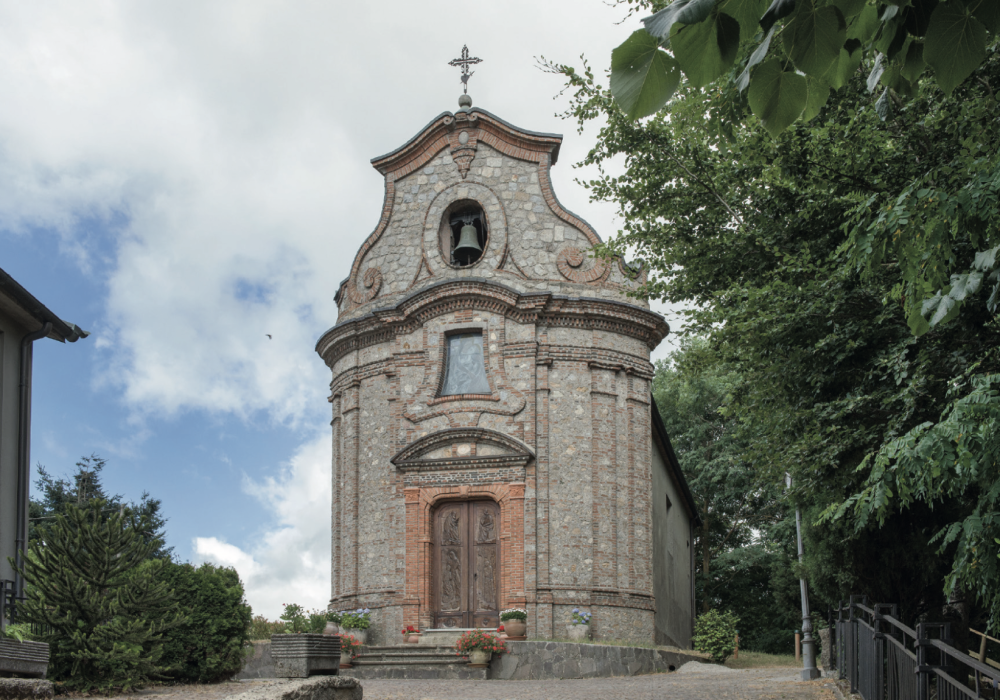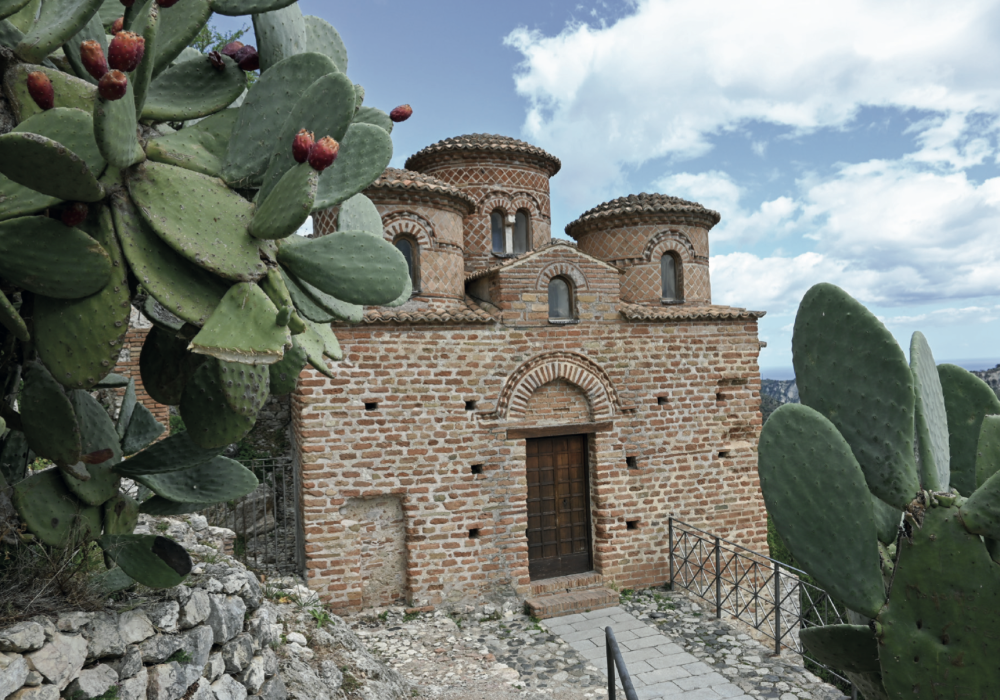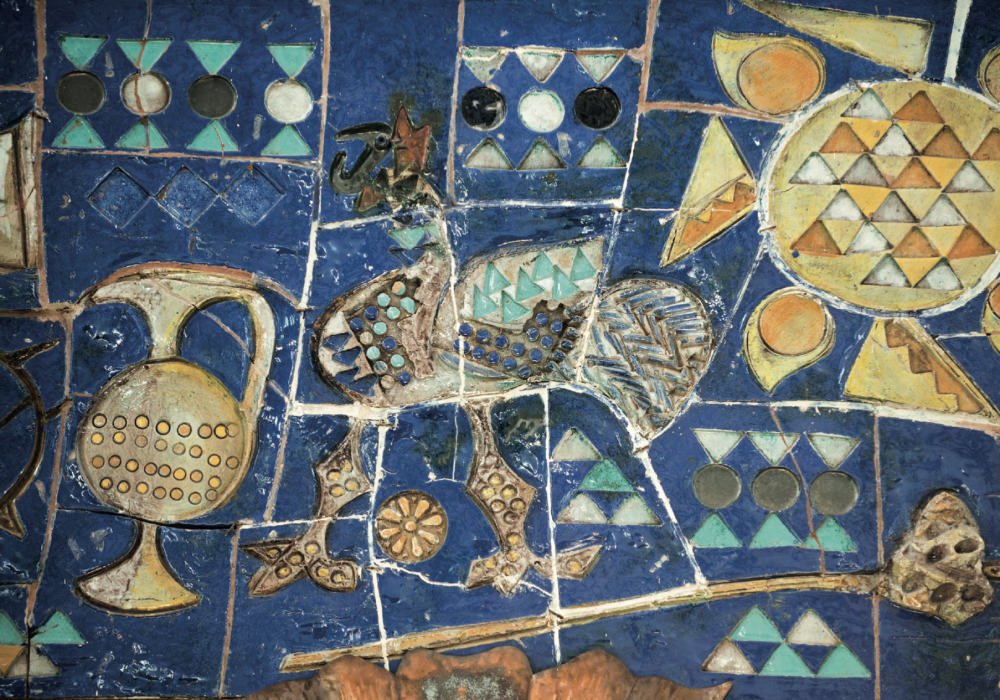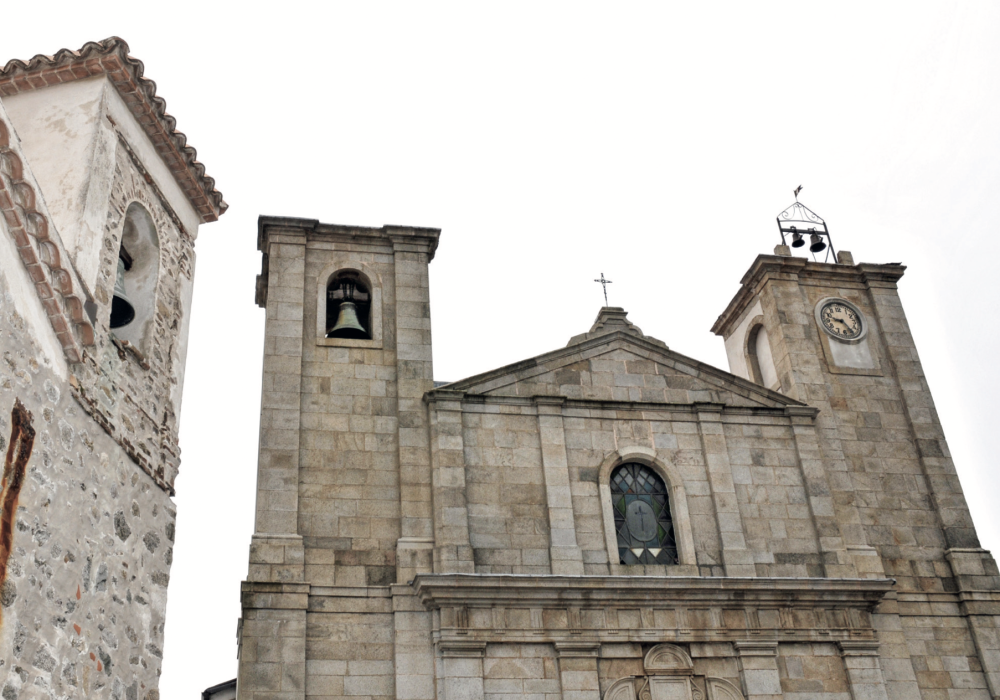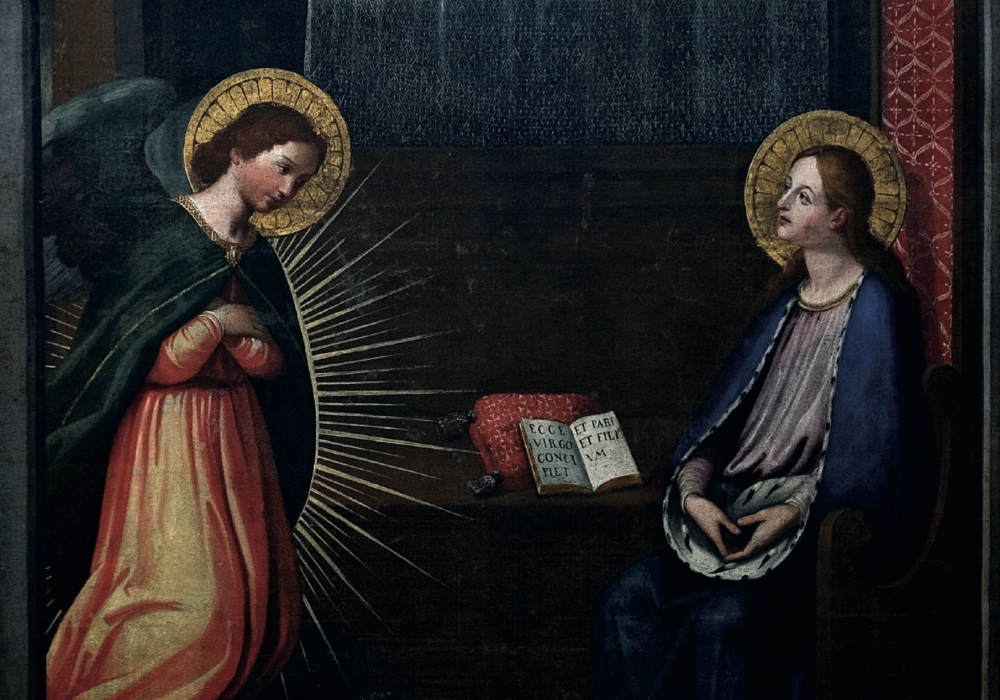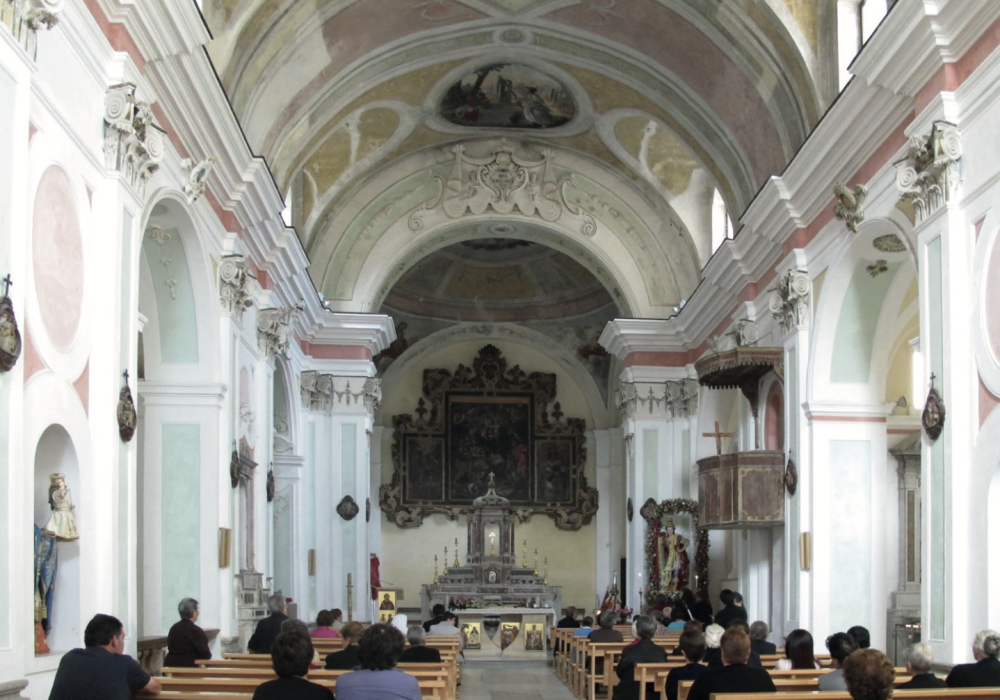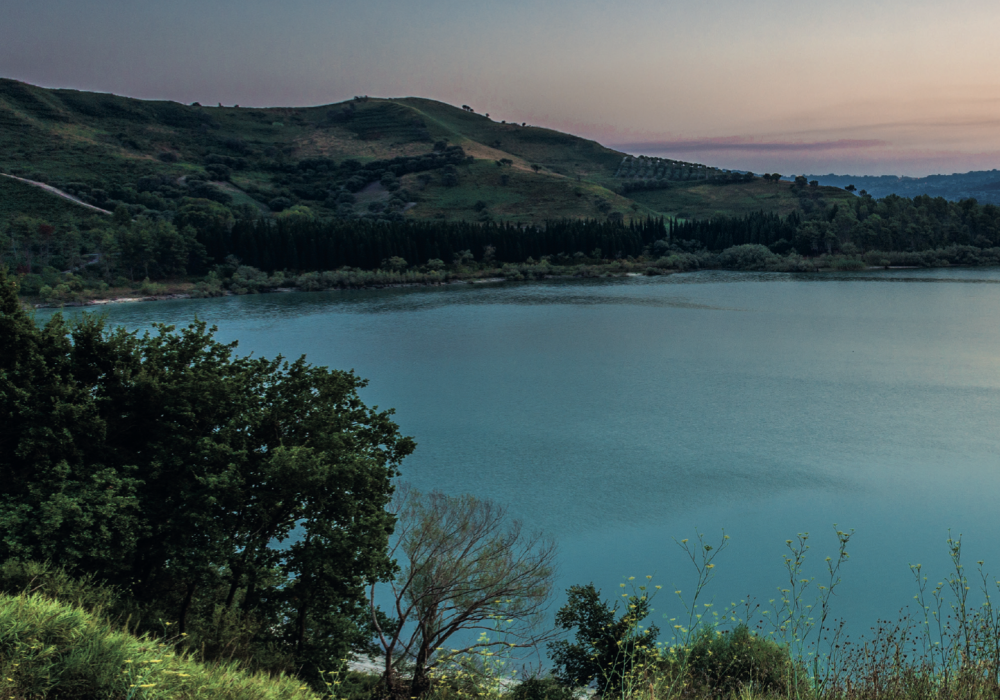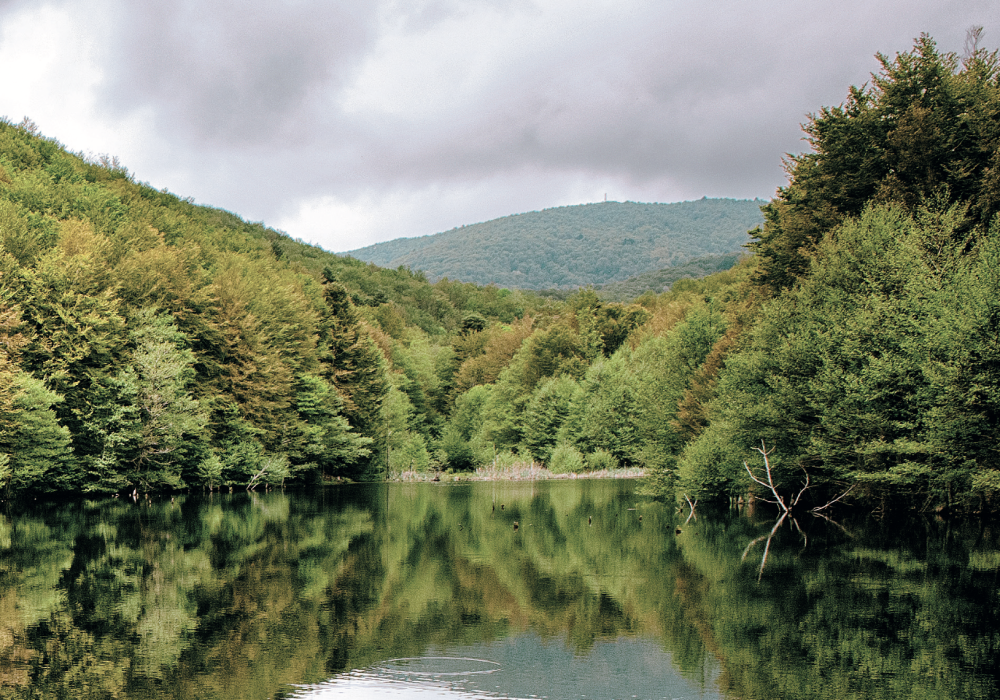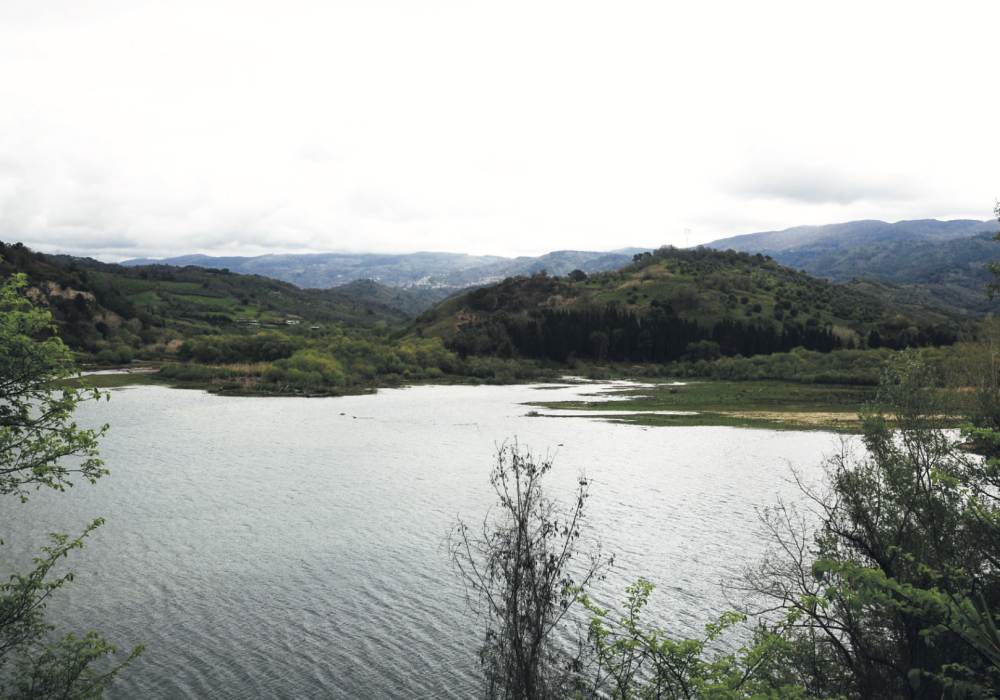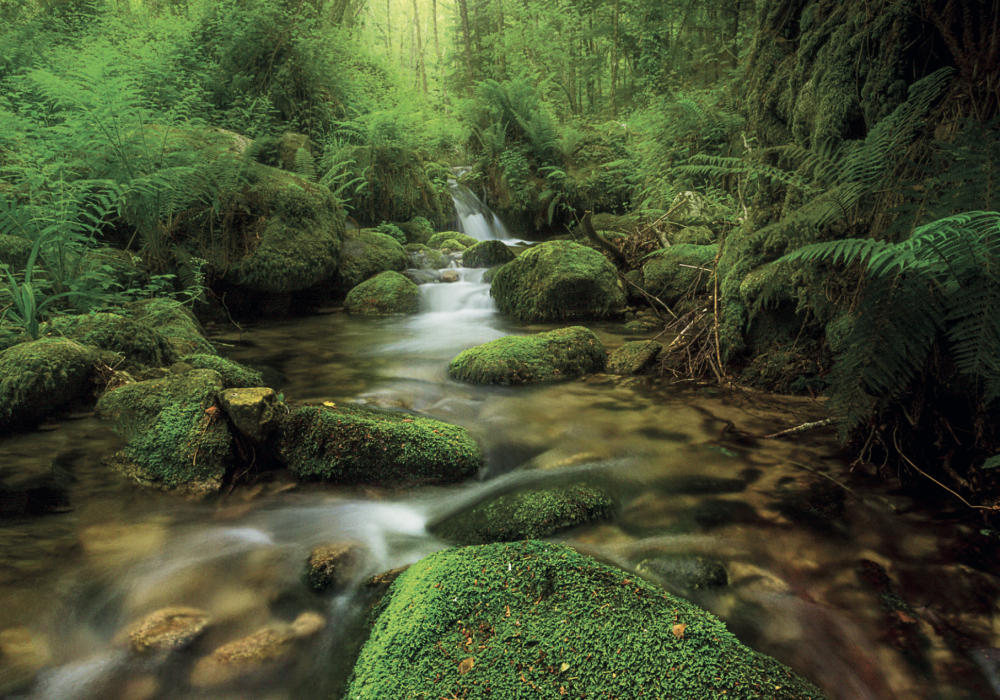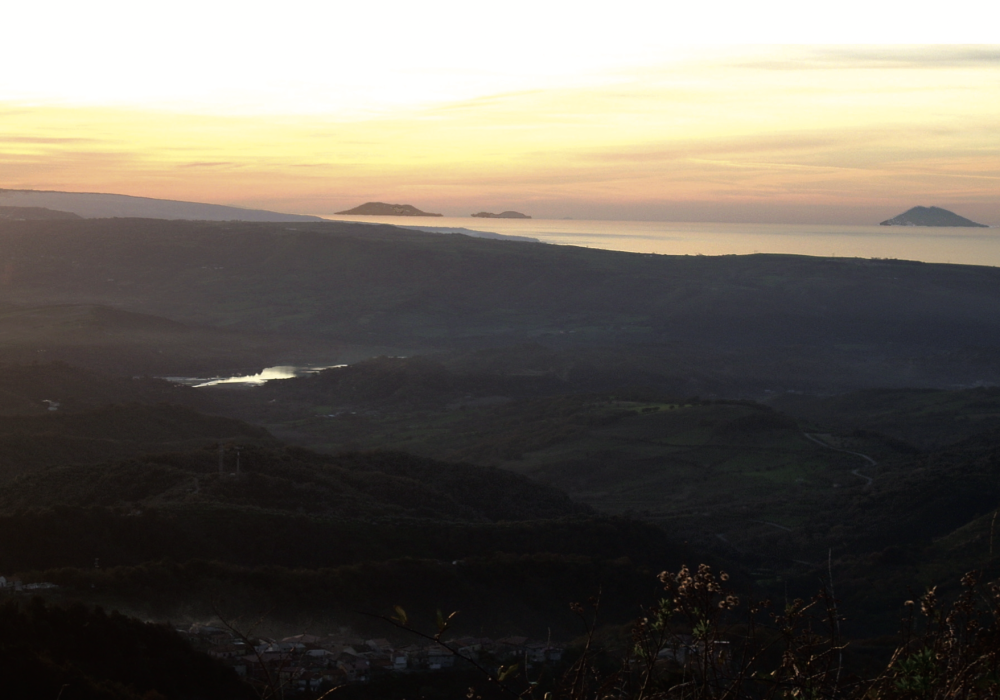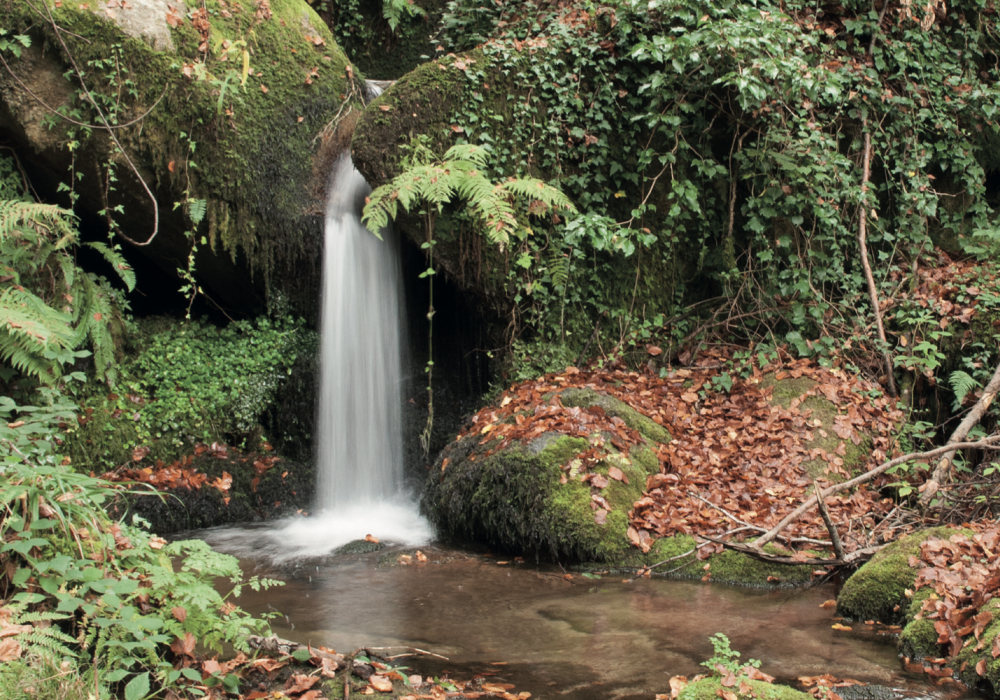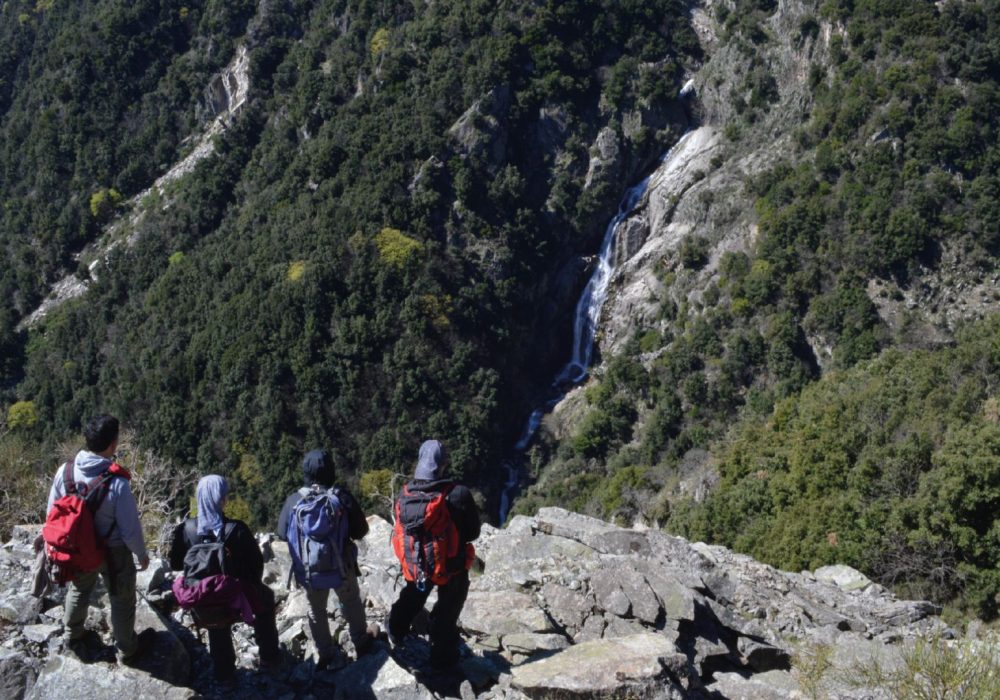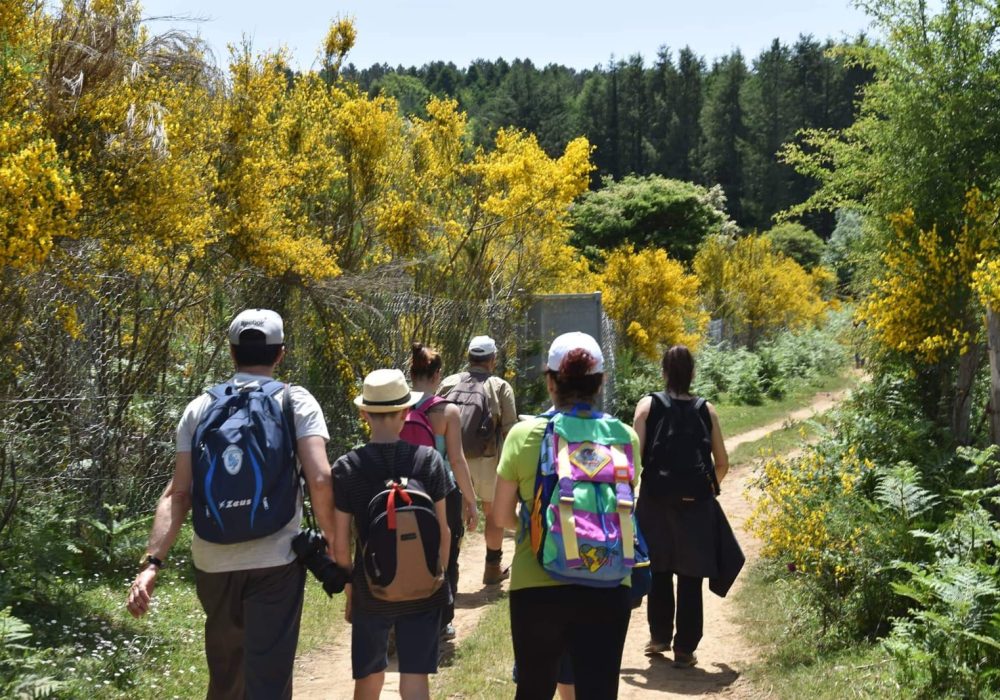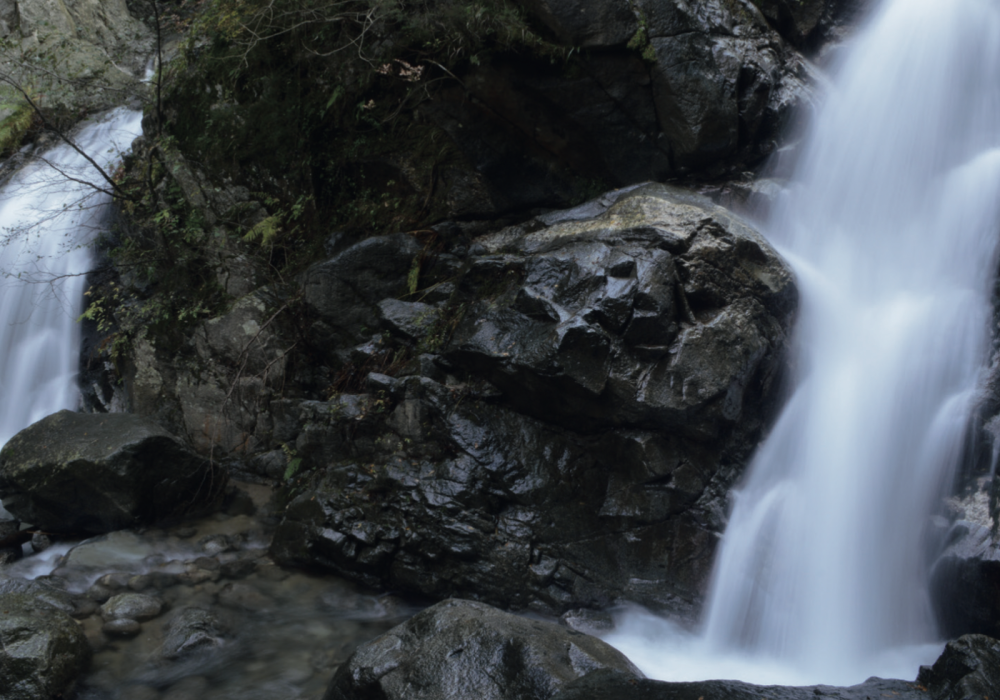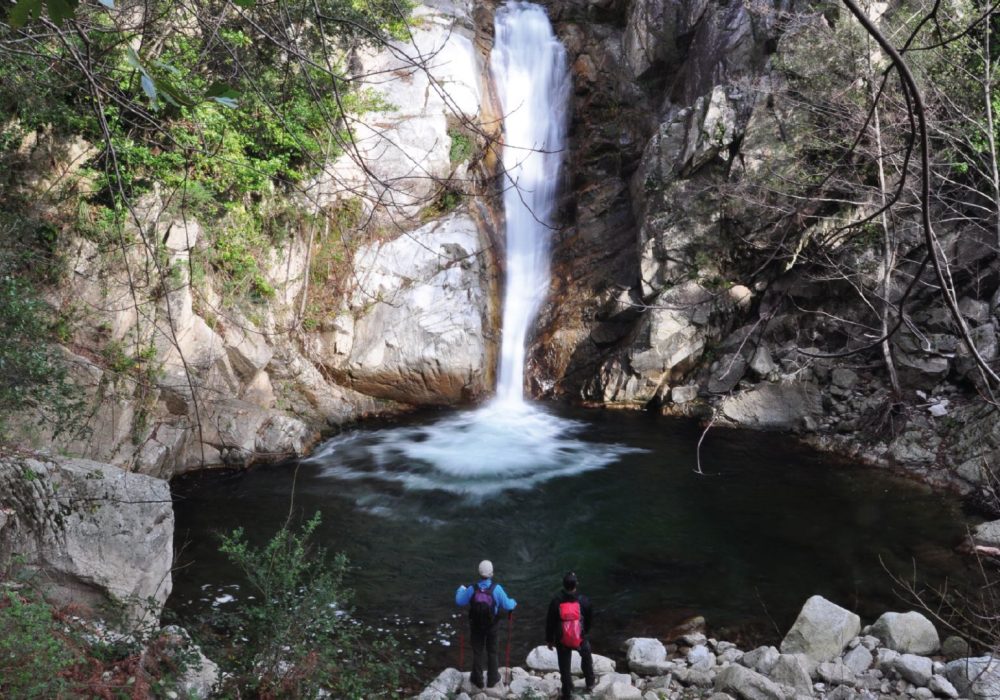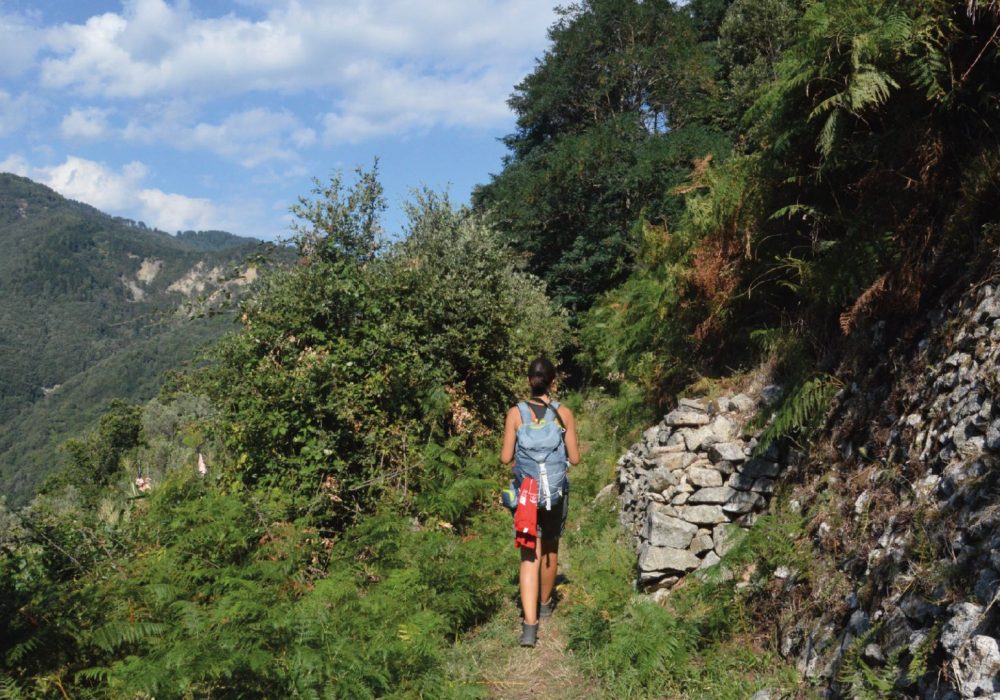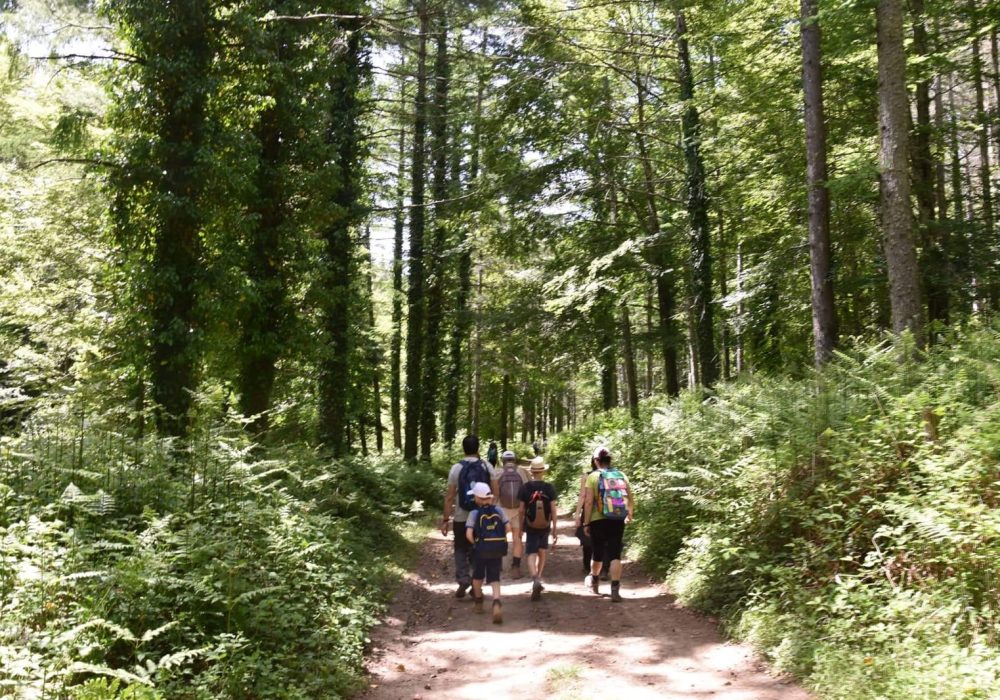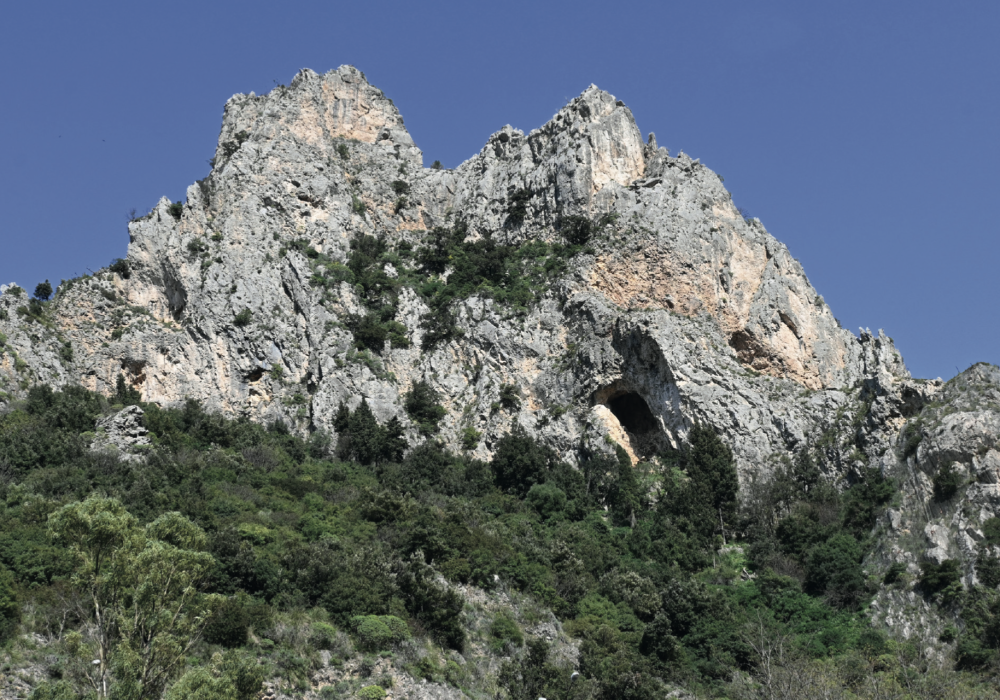Guardavalle
Guardavalle is the first municipality in the Catanzaro province. Its marvellous beaches, well equipped for summer tourism, have also deserved special attention from multinationals that have invested here in the creation of one of the most famous resorts in the region. Passing through the countryside and historic olive groves sloping down to the sea, we reach the historic centre, deliberately built in a natural basin to camouflage itself during enemy raids. In fact, the continuous assaults by pirates who reached the village from the sea along the course of the Fiumara river, made it necessary to create a defensive system with an important turreted defence wall that gave the town its evocative appellation of ‘the town of the twelve towers’. The lower part of Guardavalle constitutes the oldest part of the historic centre, expanded over the centuries by exploiting the hill behind it through the characteristic urbanisation in concentric rings. The austere façade of the Church of the Carmine, a 17th-century building that has been remodelled several times, stands out with its graceful granite portal surmounted by the Sirleto family coat of arms and the imposing bulk of the spired bell tower. The interior, decorated in Calabrian baroque style, houses a valuable 18th-century marble altar and, on the wooden pediment, the richly adorned statue of the titular saint. The presbytery space is surmounted by the dome that still preserves the late 17th-century fresco decoration depicting Paradise. The primitive altarpiece, now hanging on the choir wall, depicts the Virgin Bruna (or of Carmine) between St. Simon Stock and St. Albert: its execution is certainly 17th-century and by an excellent hand, plausibly Neapolitan, as is the canvas opposite, which instead depicts St. Charles Borromeo in prayer. Climbing through the alleyways, we rediscover a rather ancient urban fabric, a simple but fascinating popular building, which today, however, is in a serious state of neglect. Through a maze of alleys we reach the square where the Mother Church dedicated to Sant’Agazio stands. The large single-nave building has been rebuilt several times and was finally dedicated in 1584 to the martyred saint, Centurion of Cappadocia, when the illustrious relic of his arm was brought here from Squillace by Cardinal Marcello Sirleto. The elegant façade incorporates seventeenth- and eighteenth-century stone parts, while the façade was reconfigured in the early nineteenth century following the severe damage suffered in the 1783 earthquake. The interior is decorated with very simple neoclassical stucco work, and contemporary frescoes can be read in the vault, one of which depicts the martyrdom of St Agazio. The elegant 18th-century high altar, the work of Serrano craftsmen, like the other marble altars in the church, is adorned with a large, finely worked marble Eucharistic display. On the apse wall, a sumptuous 18th-century wooden frame from the Della Robbia area, donated by the Sirleto family, houses three contemporary altarpieces depicting, in the centre, the Virgin in Glory with the Infant Jesus between Saints Peter, Agazio and Paul, on the left, Saint Michael the Archangel, and on the right, a Saint Bishop (Augustine?). The chapel of the Immaculate Conception, under the patronage of the Spedalieri family, is richly decorated in late 18th-century stucco and houses the coeval statue of the titular saint on the altar; at the sides, the tombstones of illustrious family members. The chapel of the Rosary houses, in the sumptuous marble frame of the altar, the large altarpiece of the Virgin of the Rosary with the fifteen mysteries, a remarkable work by the Bivongi painter Tommaso Martini, who signed it and dated it 1711. In the chapel of Saint Agazio, Guardavalle’s patron saint, there is a precious 19th-century statue of the Martyr Centurion, already attributed to Raffaele Regio from Serra San Bruno, inside a precious set of stuccoes also from the Serrese area. Among the many noteworthy wooden works are the 16th-century Crucifix, the 18th-century manikin statue of the Madonna of the Rosary and a 19th-century San Rocco. Many ancient palazzi occupy the streets of the old town centre with their impressive backdrops, such as the 16th-century palazzo Salerno, rebuilt in the 19th century, palazzo Criniti, under whose coat of arms the date 1492 is legible, the palace of the noble Sirleto family, in the upper part of the town, an enormous 17th-century construction that was never completed, and the nearby church of San Carlo Borromeo, a cyclopean building that has also remained half-finished and has no façade. Commissioned by Fabrizio Sirleto, Bishop of Squillace, the temple was dedicated to the future saint even before his canonisation, since Fabrizio’s uncle, the famous Cardinal Guglielmo Sirleto, had been his friend and advisor as well as collaborator during the last sessions of the Council of Trent. Numerous other palaces deserve to be visited, at least externally, strolling unhurriedly through the narrow streets of the village to rediscover, among the signs of inexorable abandonment, those marvellous traces of Guardavalle’s artistic civilisation. The old Spedalieri palace overlooks Piazza Immacolata, whose front adorned by a large granite portal dates back to 1777; the inner part of the large quadrangle is older, probably dating back to the late 16th century, and has large rooms used as oil mills, while the upper part was used as a family residence. Opposite, on the uphill side stands the Falletti palace of later foundation, whose exquisite portal with monolithic honeycomb columns supports the large balcony above. The abundant and highly polished use of local granite is due to the stone masons of Serra San Bruno, who were responsible for the construction of much of Guardavalle’s urban fabric and its reconstruction after the 1783 earthquake. On 7 May, the town celebrates the feast of its patron saint, Sant’Agazio: for the occasion, thousands of star corollas are collected, patiently strung together to form long, multicoloured necklaces. Many of them are taken to church and made to be worn by the saint; the others are offered during the procession from the balconies and balconies of the houses to the joy and amusement of the most skilful children who try their hand at throwing them, hitting the saint’s head or, better still, the spear he holds in his right hand.
